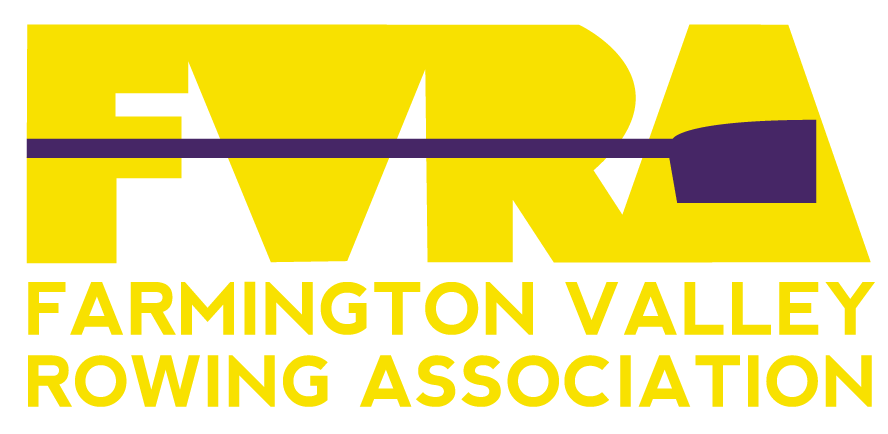PFDs, Flooding and Preparedness – Key Safety Considerations for Spring Rowing
Updated: March 2024
As the weather starts to warm up, and we head into April, most of us are eager to get back out on the water as soon as possible. We need to make sure we don’t forget important safety precautions before we head to the dock.
Is it warm enough?
USRowing promotes a good “rule of thumb” cold weather policy: make sure the water and air temperatures combined add up to more than 90 degrees. Here is an example situation that might result during the fall rowing season: The water is 50 degrees and the air is 45 degrees, the combined temperature is 95, according to the rule, you can still head out on the water.
However, if the water temperature was just above 35 degrees, like in the graph below, the air temperature would have to get up to at least 55 for a boat to head out. Especially when you’re on the low end of the 90 Rule you need to consider your survival time in water that cold. Don’t put yourself or your possible rescuer in a bad situation. If you don’t have one already you can hang a pool thermometer off of your dock to get a general idea of water temperature.
Scale from USRowing.com

Water Levels and Current on Rivers
Water levels and current can fluctuate significantly early in the season for those of us on rivers. Use tools like the https://water.weather.gov/ and https://waterdata.usgs.gov/ to keep an eye on the status of your water. Check things like, are gauges north of your water course reading as flood stage? Does your gauge’s graph predict a huge increase in water flow in the next week? What is the forecast for the next few days in your area of the country – not just your town – because rain and warmth around you, especially in more northern regions, contribute to spring snowmelt and can drastically affect your section of any river.


PFDs, Buddies and Coxswain/Sculling Bags
To prepare yourself once the water has settled down and warmed up a little bit be sure to take the necessary precautions when heading out. Make sure you have your PFD or personal flotation device. Laws in Connecticut for manually propelled vessels list, “From October 1st through May 31st, you must wear a Life Jacket (state law). All children 12 and under must wear a Life Jacket at all times.” (Read more on the CT Laws) Make sure your PFD the proper USCG approved type and is in working order. (Read Choosing a proper life jacket) FVRA supplied PFDs are usually Type V belt packs which allow for more freedom of movement when rowing but also can serve as a backup in case of an emergency. These PFDS are primarily suited for strong swimmers, they require enough comfort in the water to inflate and situate the flotation device.
Schedule your row with a buddy or during another groups practice when you know someone will keep an eye out for you. Carry a coxswain/sculling bag with items to help you in case of an emergency, or other need, and make sure it is tied to your rigger or boat in some way. No good having it if it has sunk or washed downstream!
Items to include could be,
- Whistle
- Emergency Blanket
- A waterproof place to hold your cell phone
- Band-aids
- Sunscreen
- Tissues
- Medical Tape
- Hardware (wingnuts, nuts, washers, spacers)
- Wrench
- Screwdriver
- Chewable Aspirin (325 milligrams of chewable)

Make sure your club uses a boat sign out and/or rower sign out to keep a record of who is out on the water at any given time.
Finally, if you don’t have one already, it’s good to have a club safety sheet to make sure everyone is up to date with club safety procedures when heading out. Including a water course map as part of this makes sure everyone knows where to look for hazards and how to safely navigate your water.
Click here to see – FVRA’s Water Safety Sheet
Please keep in mind these are only a few of the safety considerations we need to take when heading out on the water, not only this spring but throughout the year. Check with your coach for a full set of safety procedures related to your club, make sure everyone watches the USRowing Safety Video each year to refamiliarize everyone with safety guidelines and know that “safety is everyone’s responsibility”.
Resources:
- USRowing Safety Video
- Learn more from USRowing
- Coxswain/Sculler Bag Option
- Choosing A Life Jacket
- CT Boater Laws – Manually Propelled
- https://water.weather.gov/
